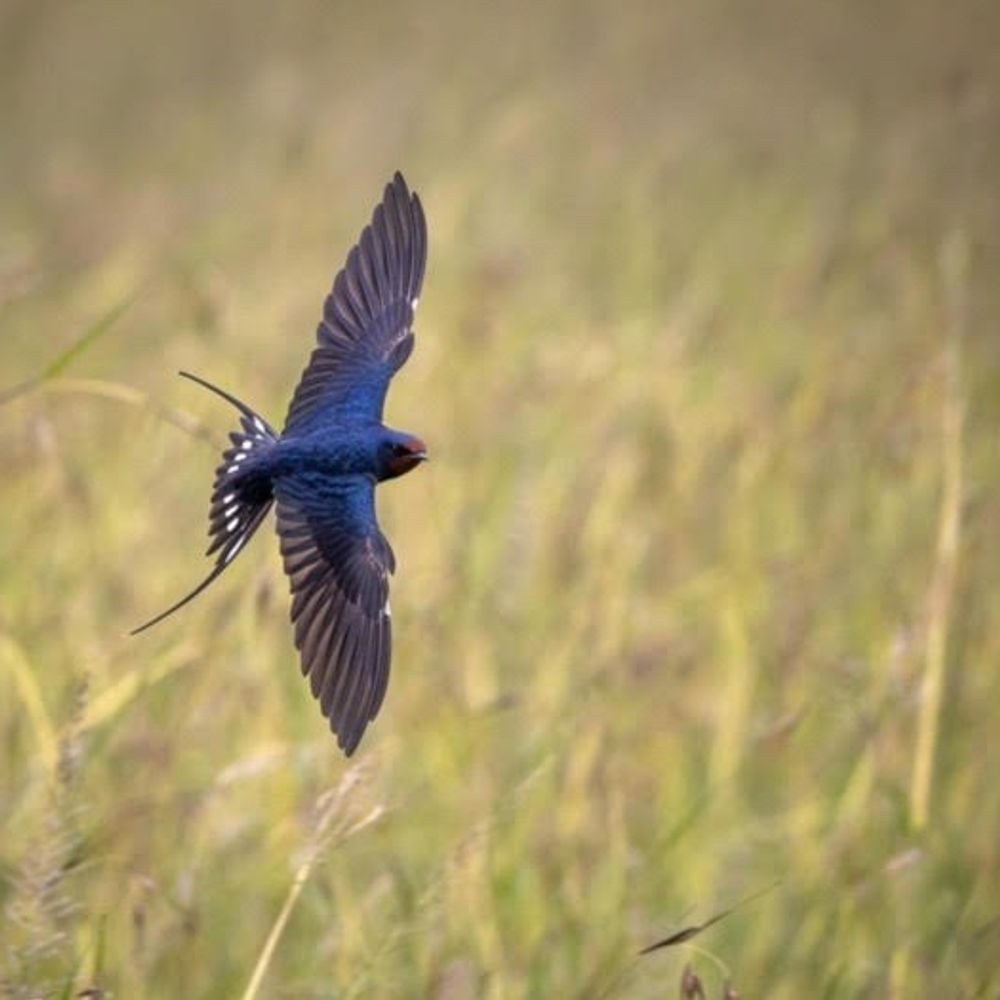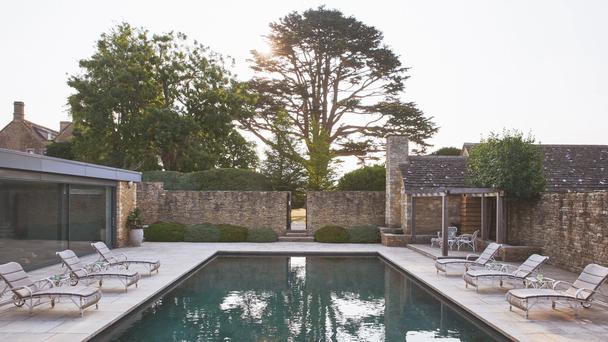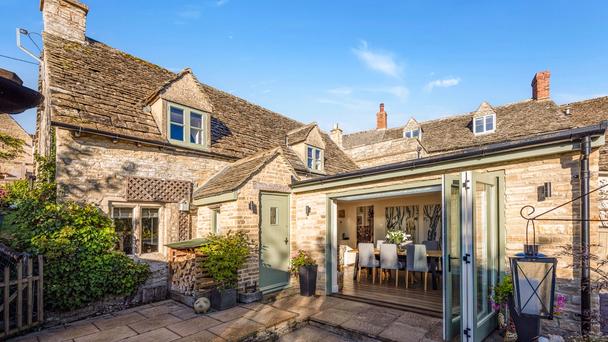
Diversity Net Gain – The Opportunities for Landowners

Did you know that the UK is one of the most environmentally degraded countries in the world? This is one of the reasons why the concept of Biodiversity Net Gain was introduced by the Environment Act 2021. Biodiversity Net Gain seeks to ensure that natural habitat which is lost to a development scheme is not just replaced, but instead is enhanced by a further 10%.
It is expected that the Act will become fully effective in Autumn 2023. Although not yet compulsory, some local councils are moving towards Biodiversity Net Gain (BNG) by insisting that there is no net loss to biodiversity when granting planning consent for new schemes, in the meantime.
BNG is calculated by reference to several key steps. Firstly a “Phase 1” habitat survey is carried out on the development scheme, to establish a baseline of what type of habitat is present, and how much. This quantifies how many biodiversity units are on site, how many are being lost to the development and how many new units needs to be delivered to meet 10% BNG. If the 10% BNG cannot be delivered within the development, then alternative sites must be identified elsewhere where it can..
A “Phase 1” habitat survey would be undertaken on those other alternative sites to establish their ecological baselines, and then proposed habitat creation or enhancement measures would be assessed to work out how many BNG units could be delivered, in order to fulfil the 10% BNG requirements.
Landowners can identify opportunities to create Biodiversity Net Gain units on their land through new habitat creation or enhancement of existing. These BNG units could be used specifically to fulfil the BNG requirements of a single development or go into a “habitat bank” that could be used alongside other sites, which together would fulfil the BNG requirements of a scheme.
In formalising these arrangements, Landowners would enter a legally binding management plan with the developer. These are likely to be 30 years in duration. They will set out what the Landowner must do by way of habitat creation and management, the level of monitoring and reporting that would be required, and what sums of money they would receive in return. These payments will be very much tailored and negotiated in respect of the specific site.
It follows that the greater BNG will be achievable on land that is currently of low ecological value (e.g. cultivated agricultural land). This means that BNG agreements could work best on low value, cultivated, arable land and these would then leave the best land for food/crop production.
Butler Sherborn can help by working with Landowners and local ecology experts to establish ecological baselines and what Biodiversity Net Gain units may be applicable to their land. We can then make local developer contacts aware of those sites, and log the land into a “habitat bank”. When the land is needed by a developer for BNG we can then negotiate terms of agreement on behalf of the Landowner.

The New Year Reset: The Cotswolds’ Most Luxurious Spas
If the start of the year calls for rest, renewal and a little indulgence, the Cotswolds delivers in spades. Coupled with rural tranquillity, these havens of relaxation and award-winning spas, are the region’s most restorative places to switch off and reset.
The New Year Reset: The Cotswolds’ Most Luxurious Spas
2025’s Best Sold Properties: Reflecting on an Exceptional Year of Sales
As 2025 draws to a close, Butler Sherborn is proud to reflect on what has been an incredibly successful year across the Cotswolds property market. Despite wider economic headwinds, demand for high-quality Cotswold homes has remained resilient, with buyers continuing to prioritise location, lifestyle and long-term value.
2025’s Best Sold Properties: Reflecting on an Exceptional Year of Sales
Market Comment
Despite the understandable inertia created by the Autumn Budget, November delivered a notably strong performance for Butler Sherborn, with over £11 million of quality Cotswold properties successfully sold. Buyer motivation was high throughout the month, with one in three viewings converting to an offer - the national average is about 10 viewings per offer.
Market Comment
Christmas In The Cotswolds
In December, the Cotswolds transforms into a festive wonderland, packed with Christmas events and festivities. Glide across the ice, sip wine at an award winning vineyard, sing along to carols, watch the town lights turn on, browse late-night shopping evenings, get creative at seasonal workshops, enjoy festive storytelling with Giffords Circus, and feel the thrill of Christmas racing at Cheltenham Racecourse.
Christmas In The Cotswolds





